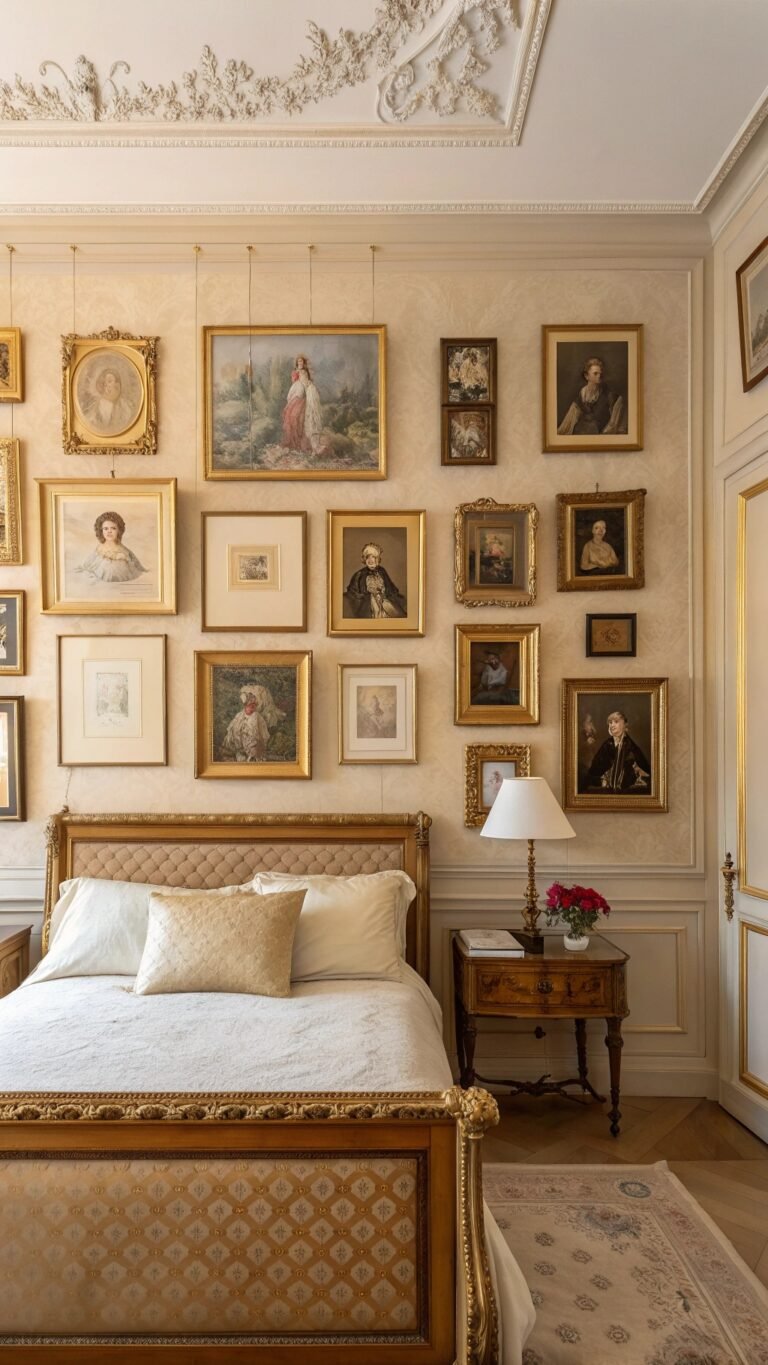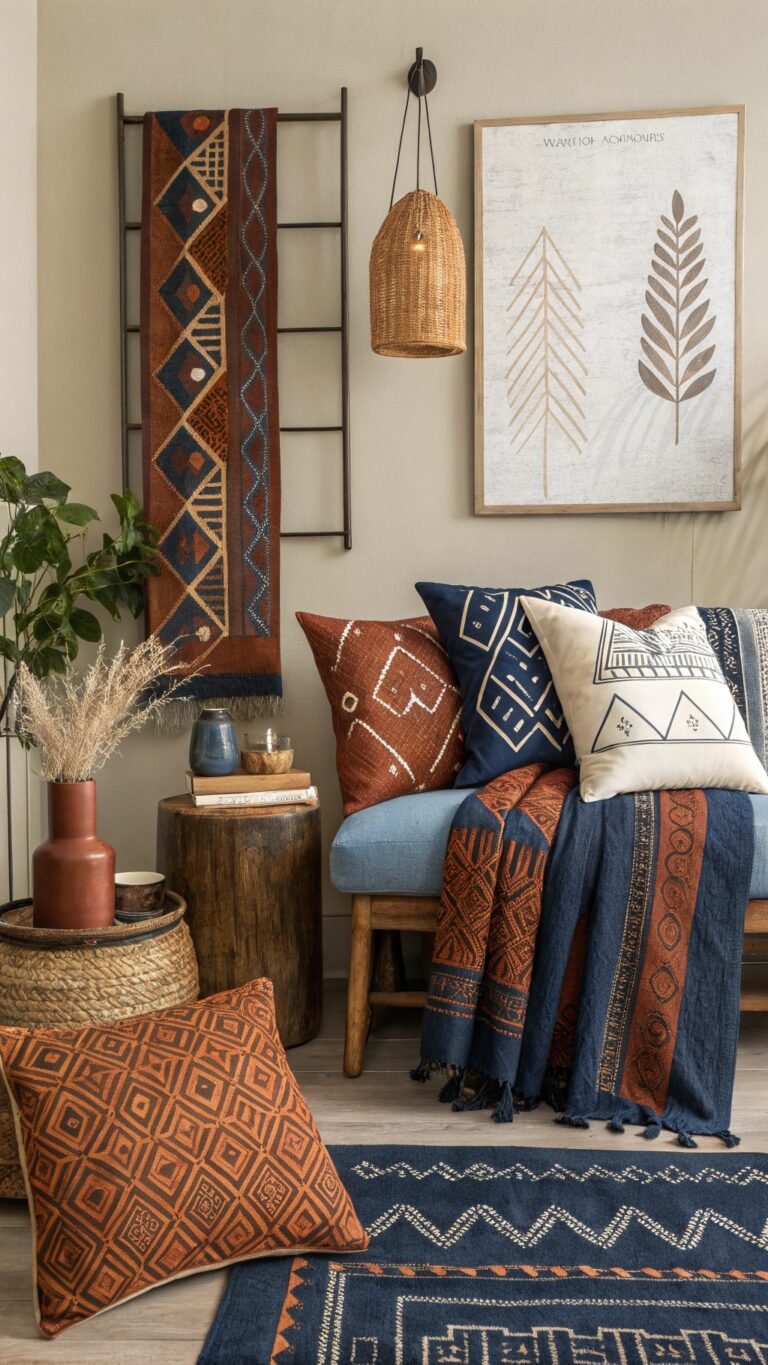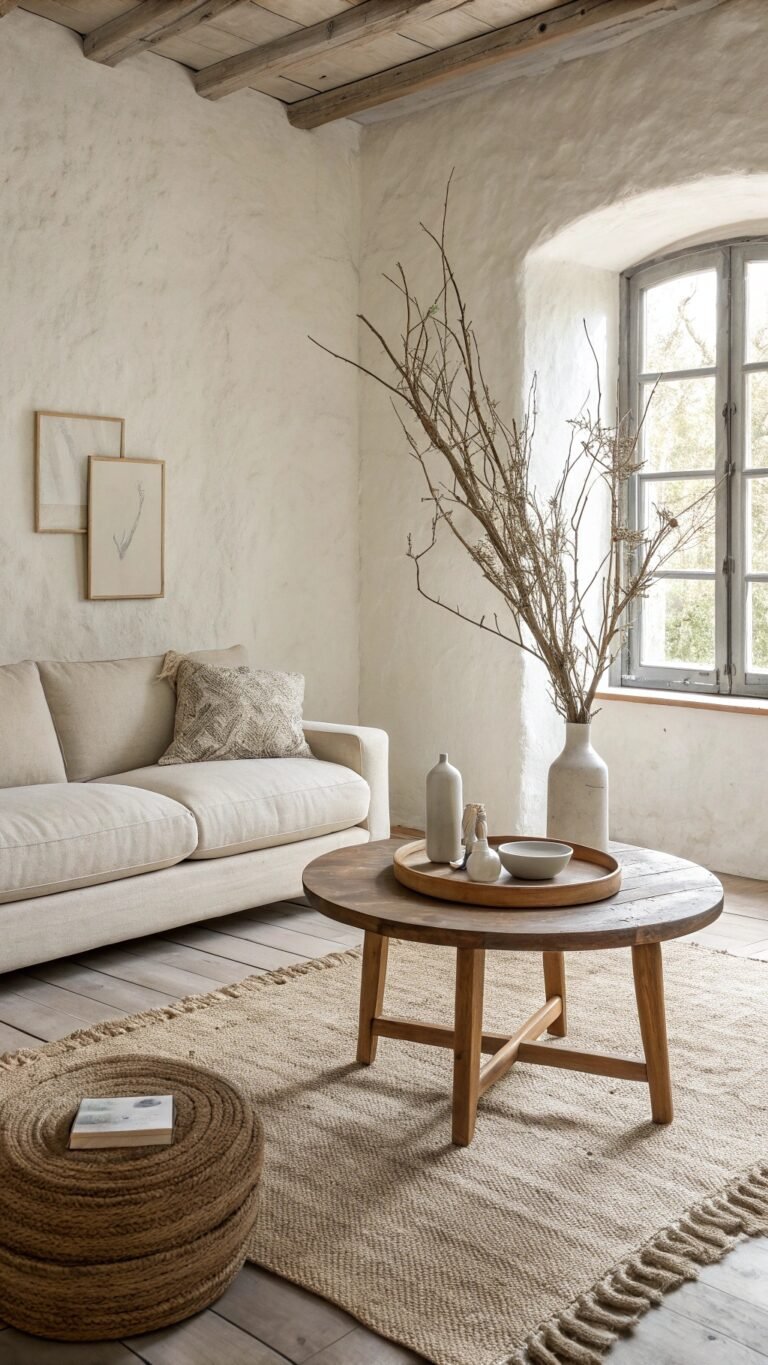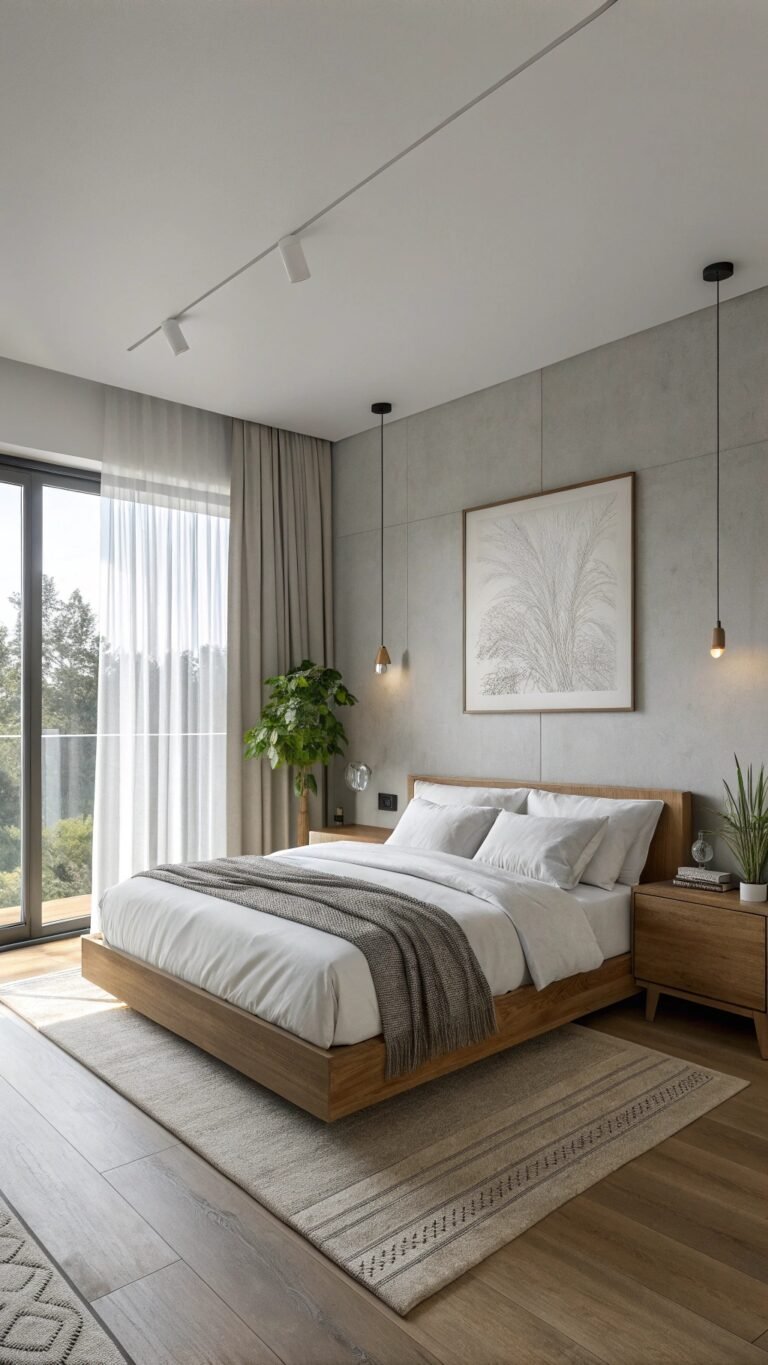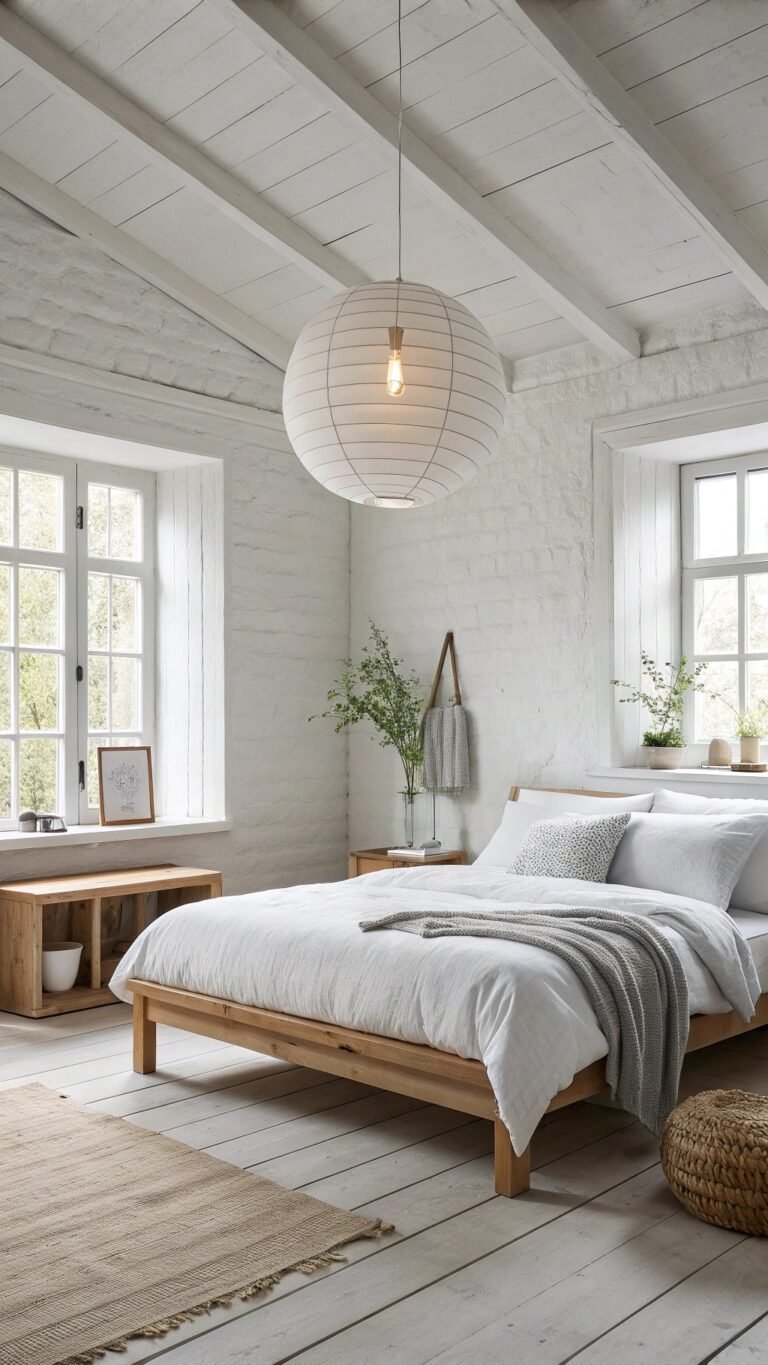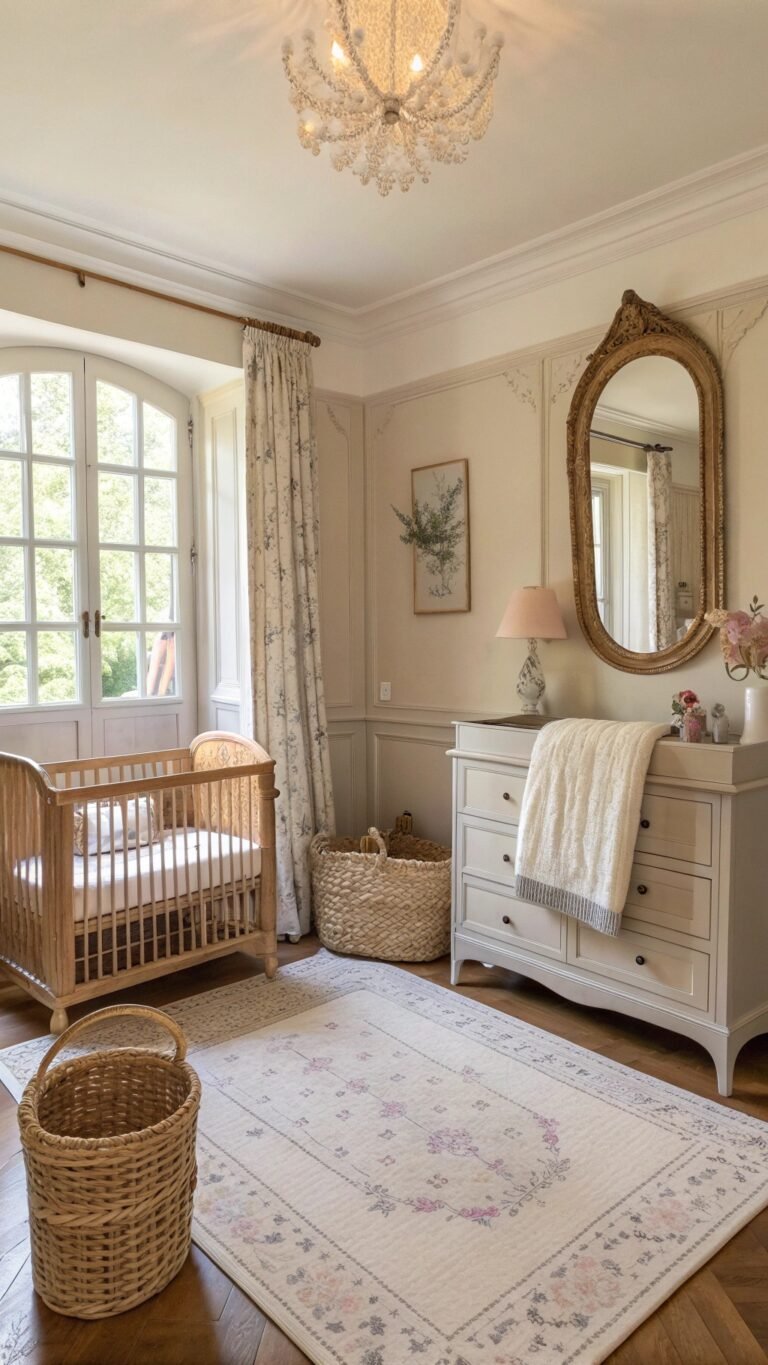Living Room Designs: 13 Ideas That Define a Stylish, Functional Space
The surge in living room designs is all about smarter styling—elevated basics, layered textures, and intentional color that make spaces feel curated without a renovation.
From calm neutrals to art-led rooms, these ideas focus on comfort and character. Mix one hero move with two easy tweaks and your living room will look instantly more refined.
1) Modern Organic Neutrals
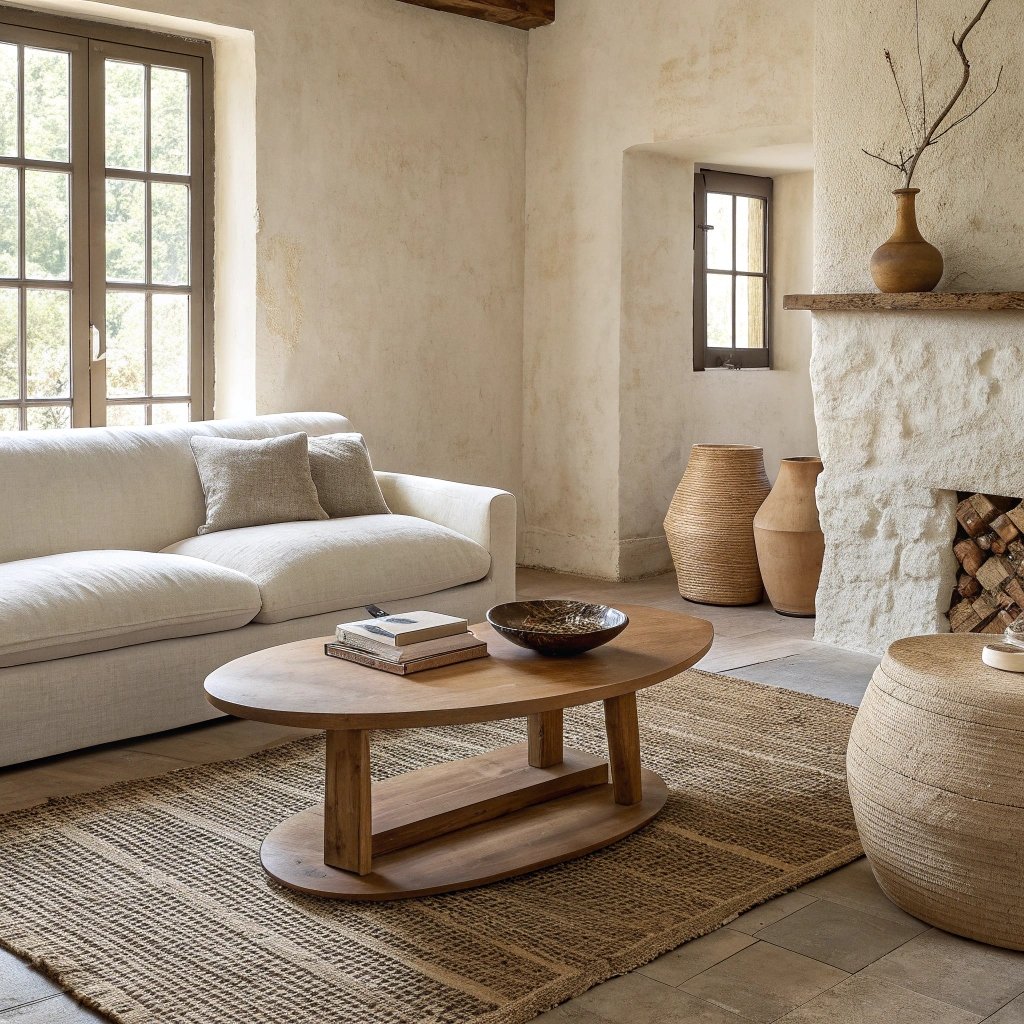
Think warm whites, sand, and oat tones layered with natural textures—linen, boucle, raw oak, stone. Sofas are low and comfortable, coffee tables are soft-edged, and styling is deliberately spare. This look favors breathable fabrics, tactile rugs, and handcrafted ceramics. The palette calms visual noise while letting materials and silhouettes do the heavy lifting.
What makes this idea unique:
It’s minimal without feeling cold. Curves offset clean lines, and matte finishes outshine gloss. A single sculptural lamp or stone side table becomes the focal point, while negative space keeps the eye resting. You’ll get a magazine-clean room that still invites lounging, snacks, and real life.
2) Japandi Calm
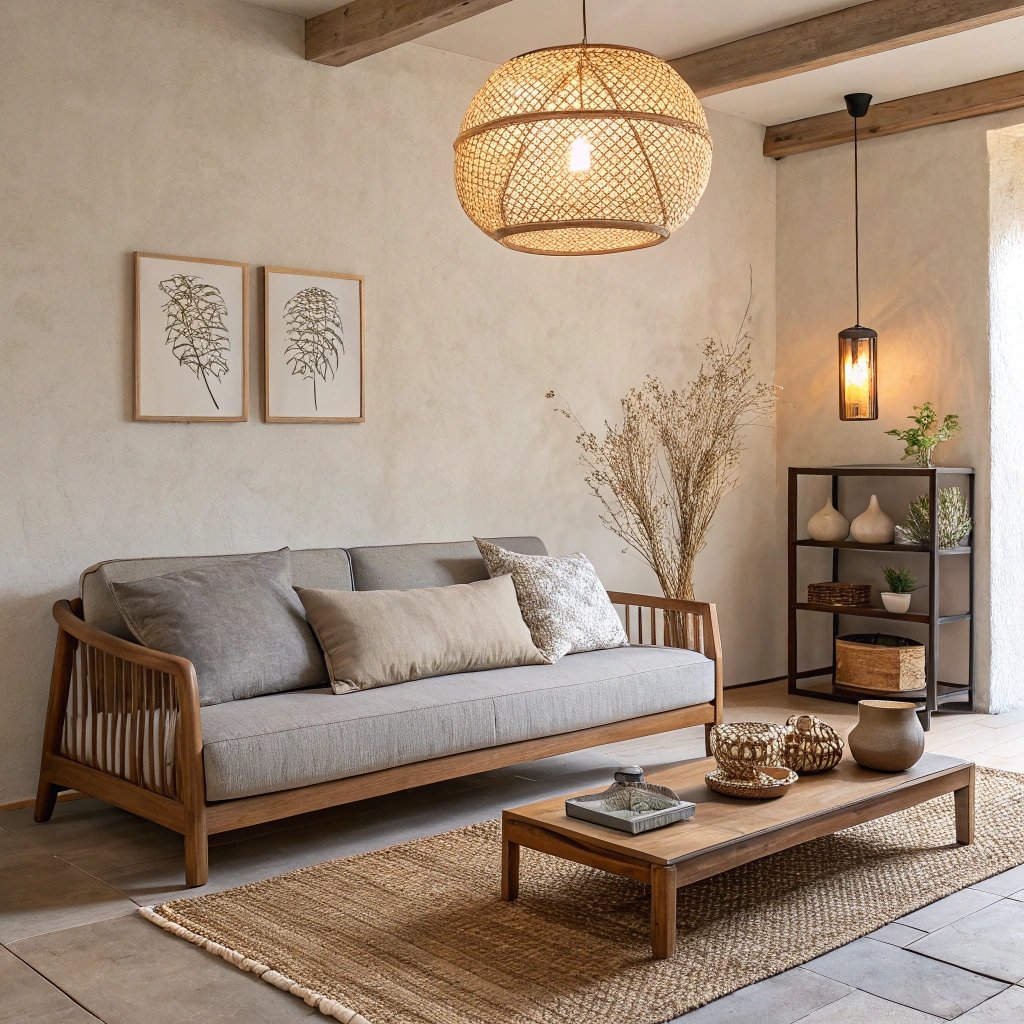
Japandi blends Japanese restraint with Scandinavian warmth. Choose low-profile seating, pale woods, and a muted palette of ecru, taupe, and clay. Focus on craftsmanship—cane fronts, paper lantern pendants, stoneware, and linen. The room breathes thanks to generous negative space, hidden storage, and carefully edited decor moments.
What makes this idea unique:
Balance is the superpower: soft textiles against smooth plaster; curved edges against straight joinery. Nothing shouts; everything whispers quality. The result is a living room that supports slow mornings, tea rituals, and quiet evenings—while looking effortlessly design-forward on camera and in person.
3) New Traditional (Tailored & Collected)

Classic bones, modern edits. Combine a skirted or roll-arm sofa with striped or floral pillows, a wood pedestal side table, and framed art in coordinating tones. Layer a wool rug over hardwoods, add pleated lampshades, and flank the fireplace with built-ins. The vibe is elegant but approachable.
What makes this idea unique:
Scale and restraint keep it fresh. Pair traditional shapes with crisp solids, micro-patterns, and a tight palette—navy, moss, ivory. Add one antique piece (chest, mirror) for patina and one contemporary moment (abstract art, metal side table) for tension. The mix reads timeless, not stuffy.
4) Mid-Century Warmth

Lean into walnut finishes, tapered legs, and clean geometry. A low sofa pairs with a slatted media console, mushroom lamp, and a graphic rug. Keep the palette earthy—walnut, olive, rust—then temper with crisp off-white walls and linen curtains. The room feels grounded, unfussy, and beautifully lived-in.
What makes this idea unique:
Mix one authentic vintage piece with new staples for history and ease. A restored credenza or lounge chair adds soul; modern lighting and textiles keep it current. The interplay of patina and polish creates depth, so the space never reads like a set.
5) Art Deco Revival Glam

Elegant curves, fluted details, rich materials. Choose a velvet or chenille sofa, marble or onyx-topped tables, and a statement chandelier. Use jewel tones—emerald, ink, plum—tempered with champagne metals and creamy walls. The look is indulgent yet surprisingly practical when fabrics are performance-rated.
What makes this idea unique:
It’s about sheen and silhouette, not excess. Fluting on sideboards, scalloped edges on accent chairs, and alabaster lamps add softness. Keep accessories edited and repeat metallic tones for cohesion. The result is glow, depth, and a cinematic mood that still functions for daily life.
6) Coastal Light & Texture
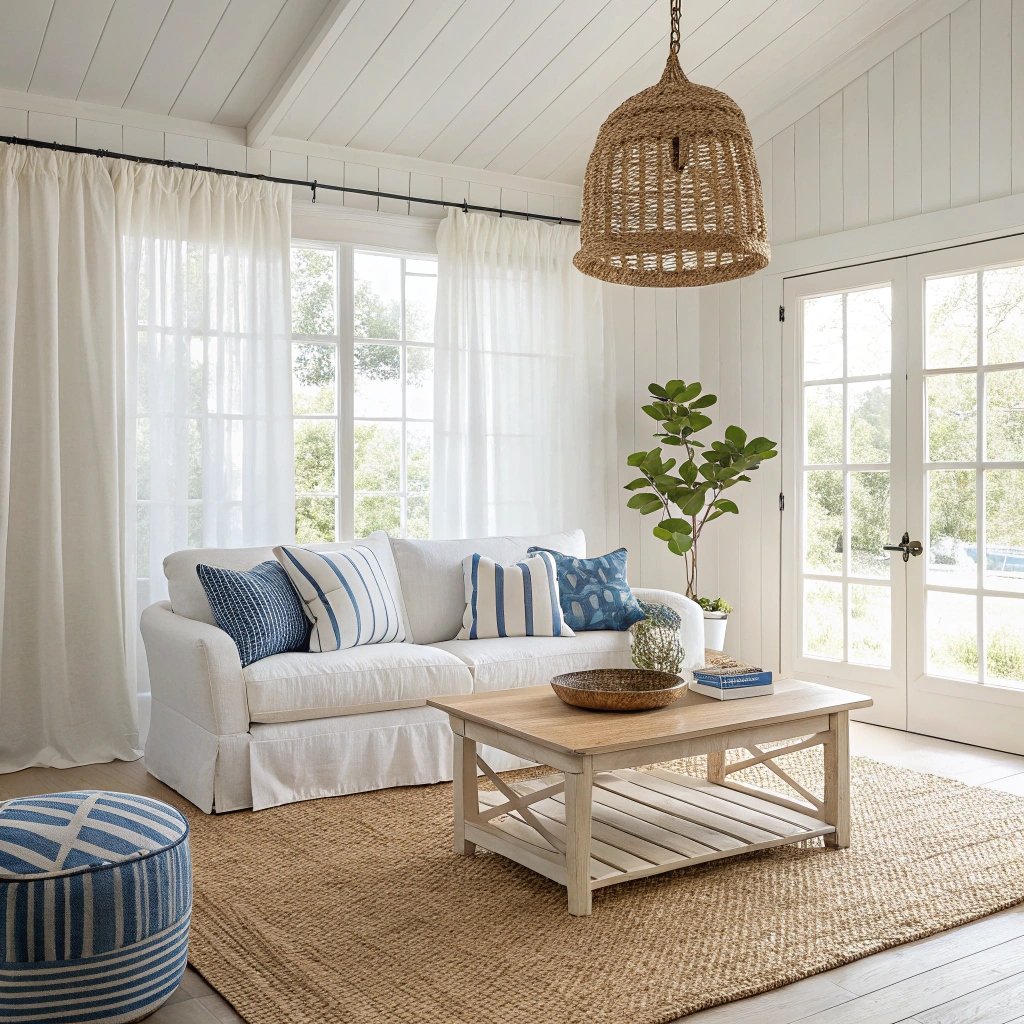
Capture breezy comfort with white walls, pale woods, blue-striped textiles, and woven elements. A slipcovered sofa, seagrass or jute rug, and linen curtains hung high and wide amplify daylight. Keep furniture silhouettes clean; the emphasis is on airflow and soft textures that invite lingering.
What makes this idea unique:
Skip literal seashells and anchors. Use nuanced cues—pinstripes, weathered driftwood tones, matte ceramic blues. A woven pendant, nubby throw, and bleached oak coffee table signal coastal without kitsch. The palette makes small spaces feel bigger and photogenic at all hours.
7) Industrial Loft, Softened
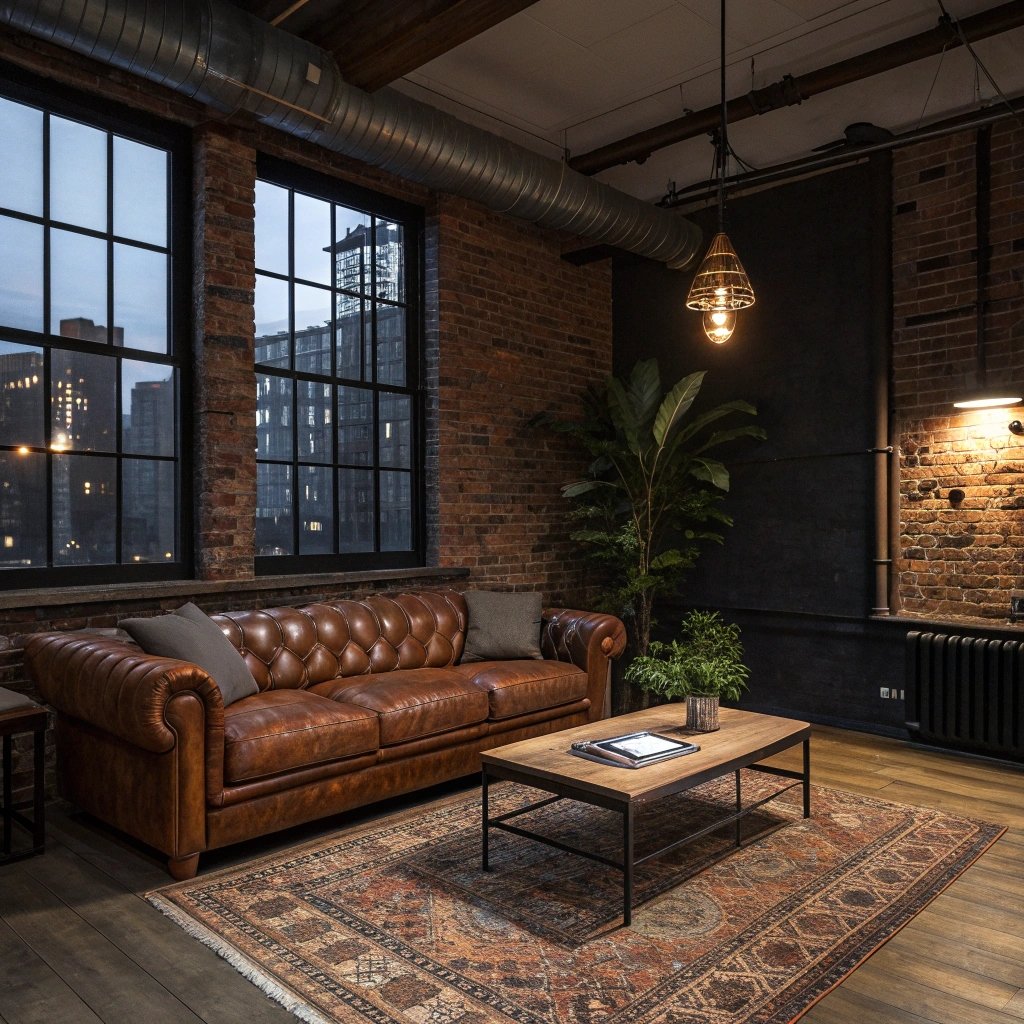
Expose brick or concrete, celebrate black metal and reclaimed wood, then layer cozy textiles for balance. A deep, structured sofa, vintage-style rug, and factory pendant set the tone. Add plants, a warm throw, and dimmable sconces to soften edges and make the space inviting rather than austere.
What makes this idea unique:
Contrast is everything: gritty surfaces against plush textures, cool metals against warm leather. Keep the palette tight—charcoal, espresso, tobacco—so the architecture shines. The room feels dramatic, creative, and surprisingly comfortable when the lighting plan is thoughtful.
8) Biophilic Green Escape
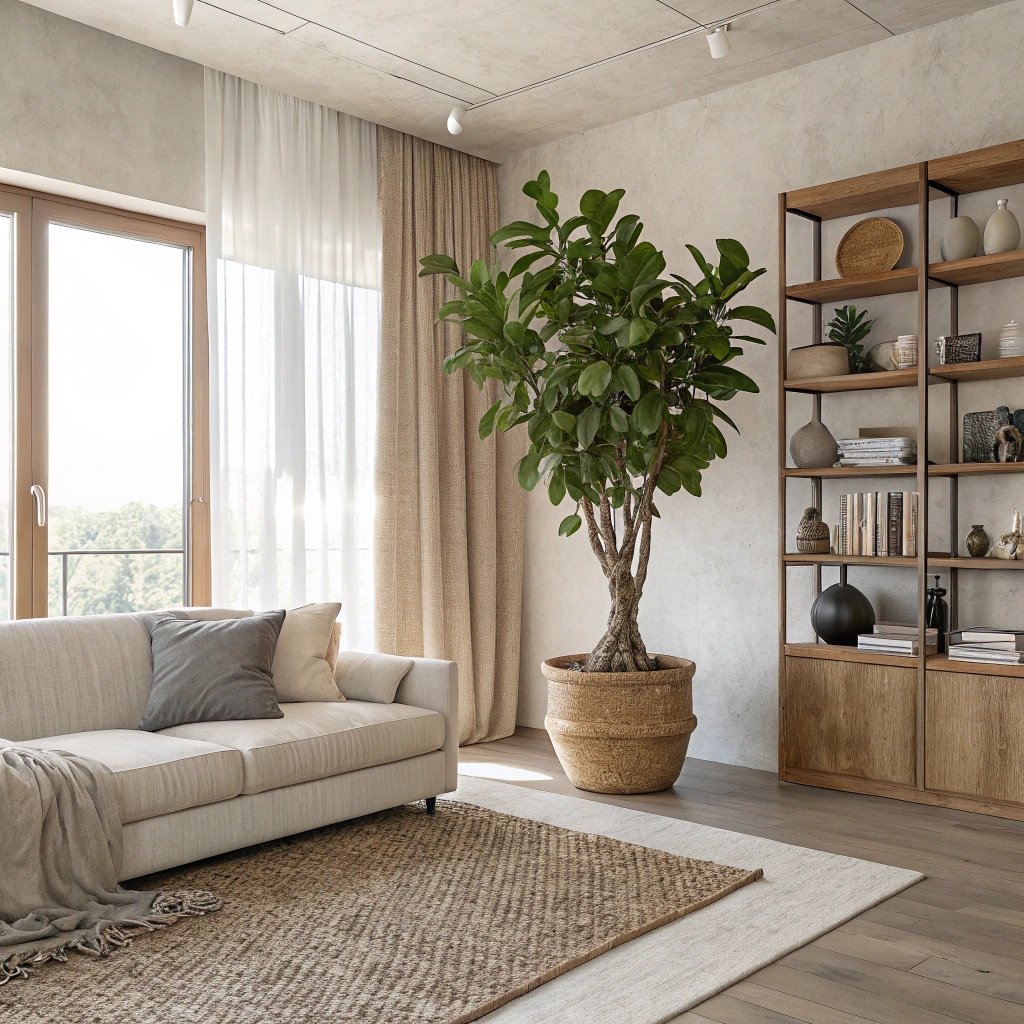
Bring the outside in with layered greenery, natural fibers, and an earth-derived palette. Anchor with one statement plant (fiddle-leaf, rubber tree) and support with smaller species. Pair with a sisal or jute rug, oak furniture, and textured ceramics. The space becomes restorative and fresh.
What makes this idea unique:
Focus on scale and health: one medium-to-large plant in a sculptural pot, fewer small pots to avoid clutter. Add a stone tray for a diffuser, operate sheer curtains for soft light, and keep finishes matte for calm. Sensory layers make relaxation automatic.
9) Color-Drenched Monochrome
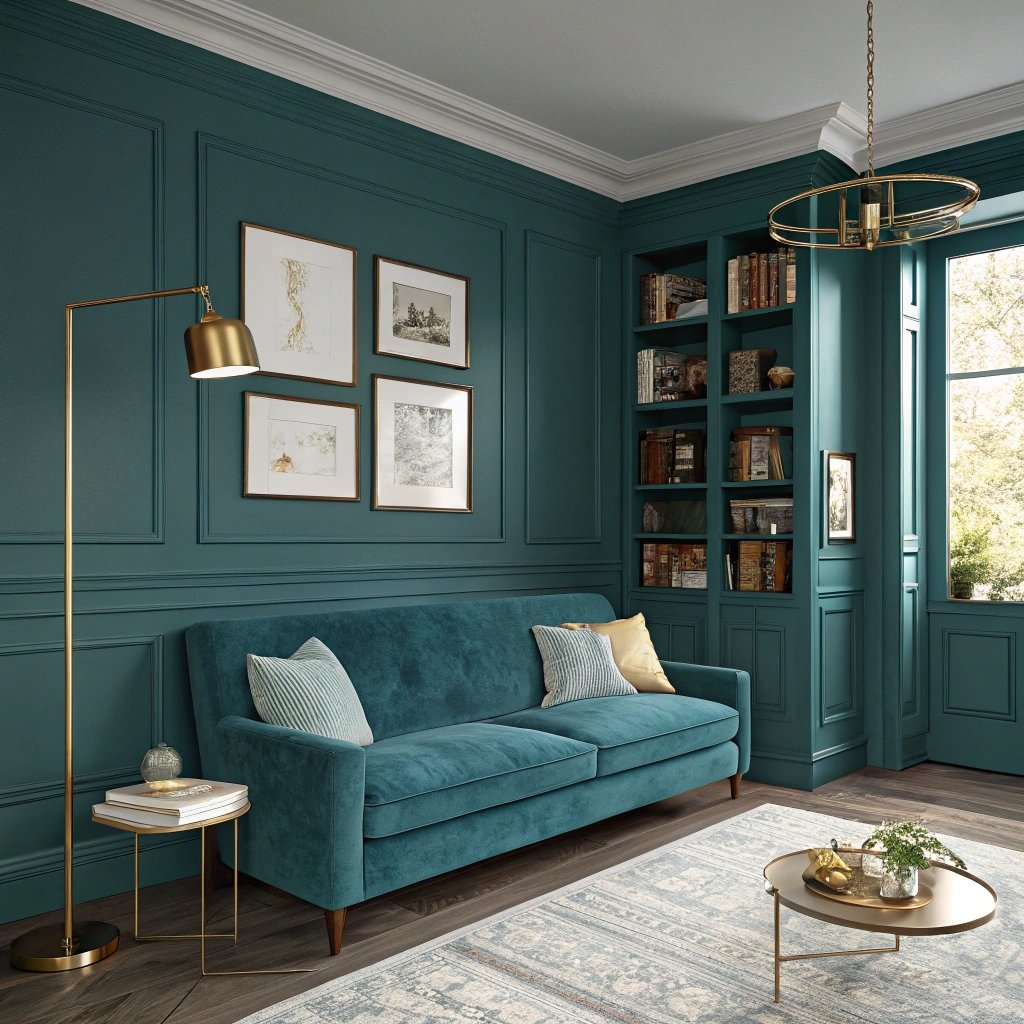
Pick one hue—deep teal, clay, or merlot—and wrap the walls, trim, and built-ins in it. Keep furnishings tonally related, then punctuate with wood and brass. The enveloping color unifies the room, hides visual clutter, and feels both cozy and bold.
What makes this idea unique:
Use multiple finishes of the same color: matte walls, satin doors, and velvet pillows for dimensional richness. Select artwork with breathing room—creamy mats, simple frames—so the eye can rest. The result is sophisticated drama that photographs like a boutique hotel.
10) Curves & Soft Geometry

Trade sharp corners for soft forms—rounded sofas, oval coffee tables, scalloped lampshades, arched mirrors. Curves guide movement and reduce visual tension, especially in compact rooms. Pair with a low-contrast palette so silhouettes stand out without overwhelming the space.
What makes this idea unique:
Mix radiuses: tight curves on side tables, generous arcs on sofas. Add a radial rug pattern to subtly echo the theme. Curves photograph beautifully and feel inherently cozy, creating a living room that’s both design-savvy and welcoming.
11) Maximalist Pattern Play (Edited)
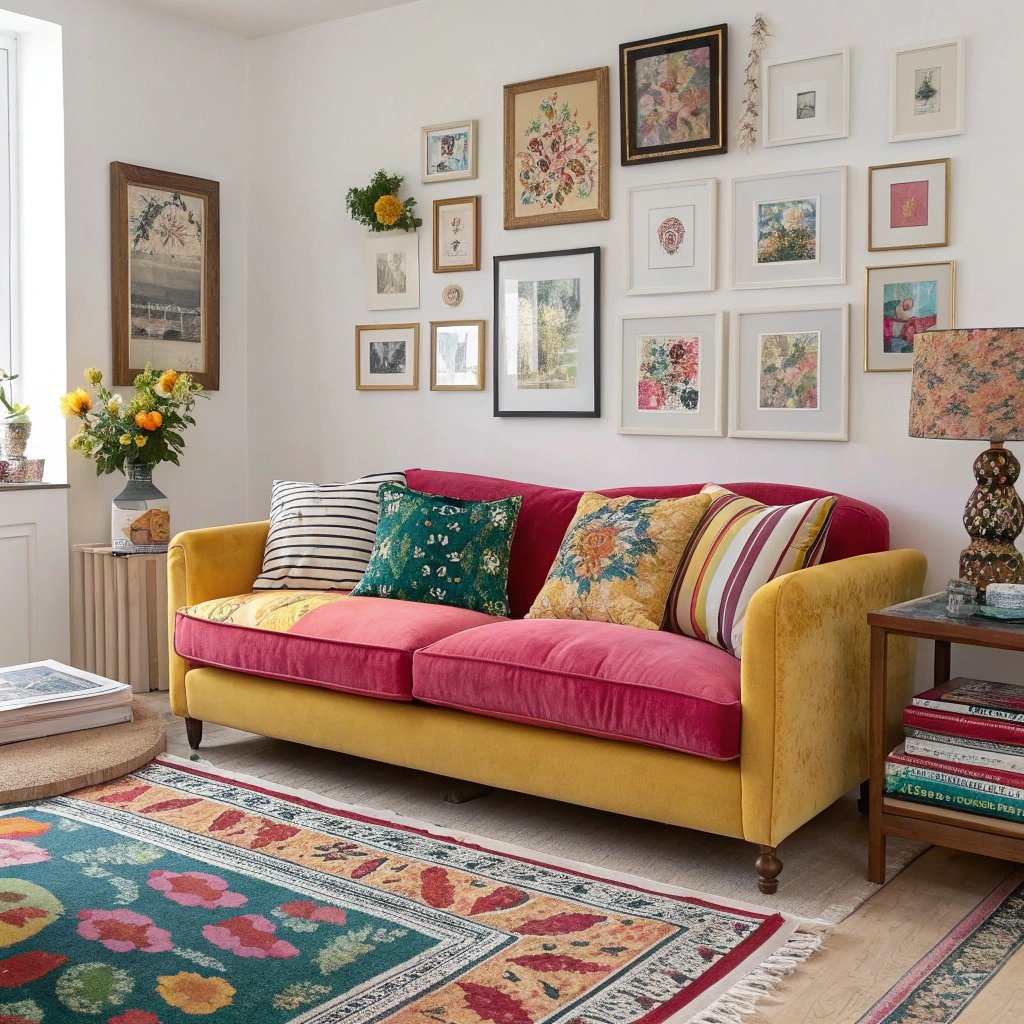
Embrace color and print—florals, stripes, geometrics—layered over a strong base rug. Balance a statement sofa with patterned pillows and a contrasting armchair. Use books, art, and collected objects to tell a story. The key is repetition of colors so the mix feels orchestrated.
What makes this idea unique:
Discipline makes it work: limit the palette to three main colors and one metallic. Vary pattern scale—one large, one medium, one small—so the eye can sort information. The room buzzes with personality yet stays cohesive and camera-ready.
12) Rustic Modern (Wood, Stone & Linen)
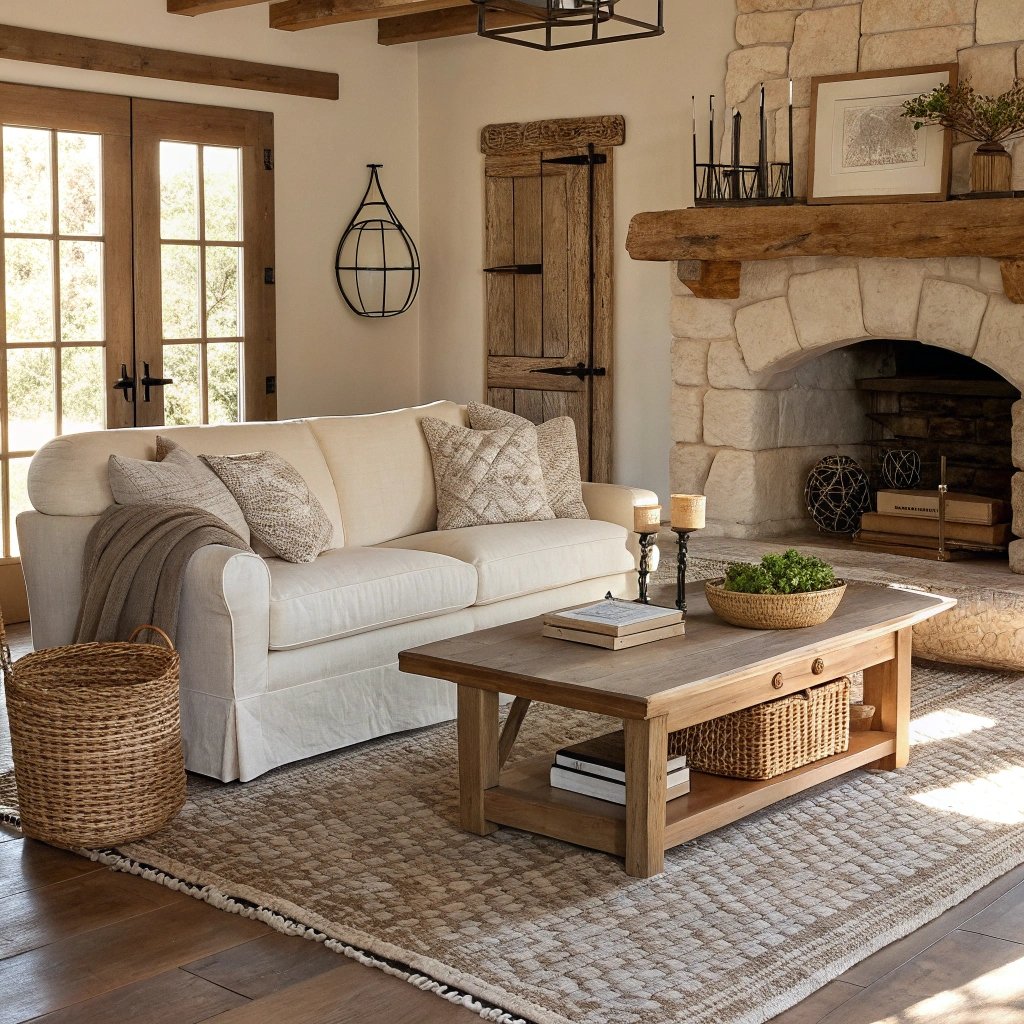
Blend raw materials with clean lines: hand-hewn or oak coffee table, stone fireplace or mantle, linen-upholstered seating, and iron accents. Keep accessories minimal—ceramic jars, woven baskets, wool throws. The look feels grounded and serene, like a modern cabin in the city.
What makes this idea unique:
Texture drives the story: rough wood grain against smooth stone, nubby linen against matte black metal. A restrained palette—ivory, charcoal, wood—lets materials shine and simplifies upkeep. The result is timeless comfort that ages gracefully.
13) Small-Space Modular Living
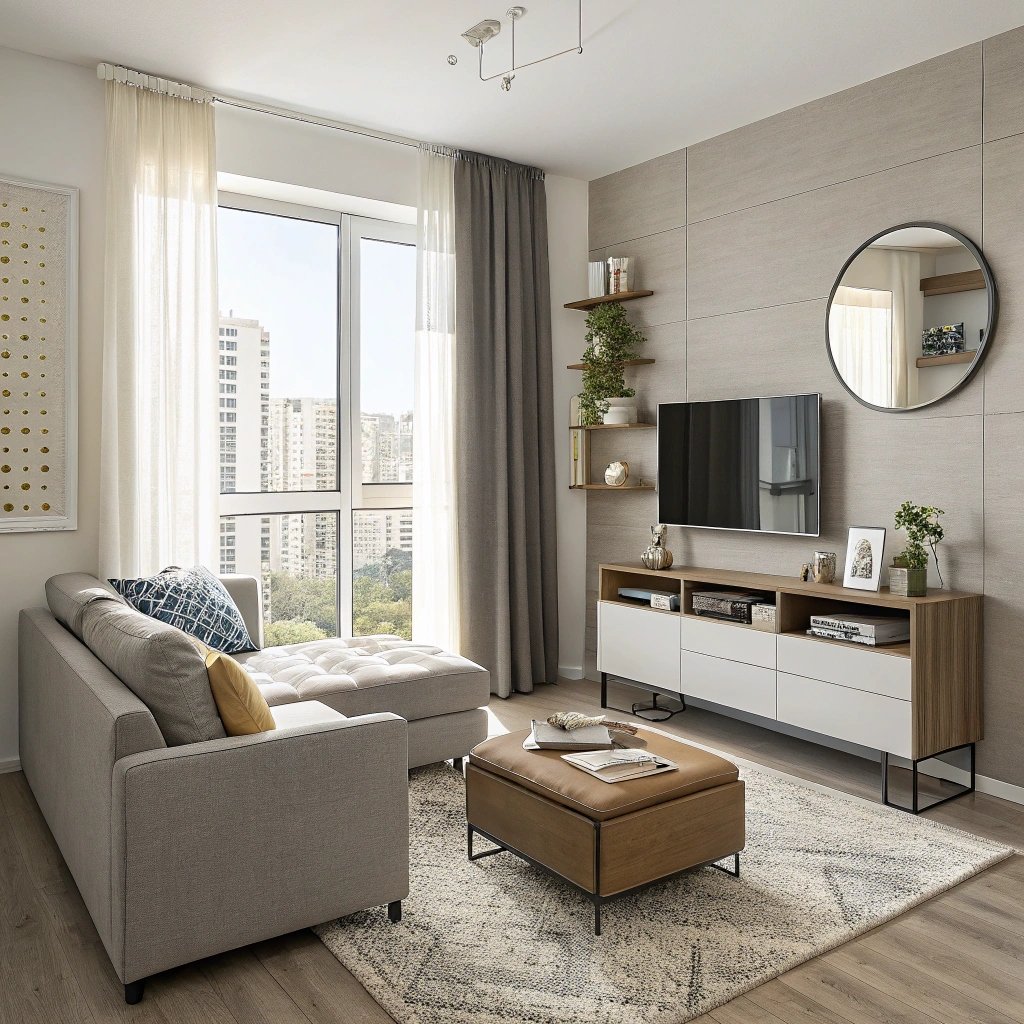
Design for flexibility. Choose a compact sectional with movable ottoman, nesting side tables, and a wall-mounted media unit to free floor space. Use light-filtering curtains hung high, a large mirror to extend sightlines, and plug-in sconces to save surface area.
What makes this idea unique:
Every piece works double duty: an ottoman with hidden storage, a drop-leaf table that becomes a desk, a ledge-style shelf that acts as display and lighting rail. The room adapts to movie night, work hours, or guests without visual clutter—or new furniture.
Quick Tips to Maximize These Living Room Designs
Pick one major move (color wrap, sofa swap, or rug upgrade) and support it with two simple tweaks.
Keep a tight palette; vary texture, shape, and scale for depth.
Light in layers—ambient, task, accent—to sculpt mood and make finishes glow.

